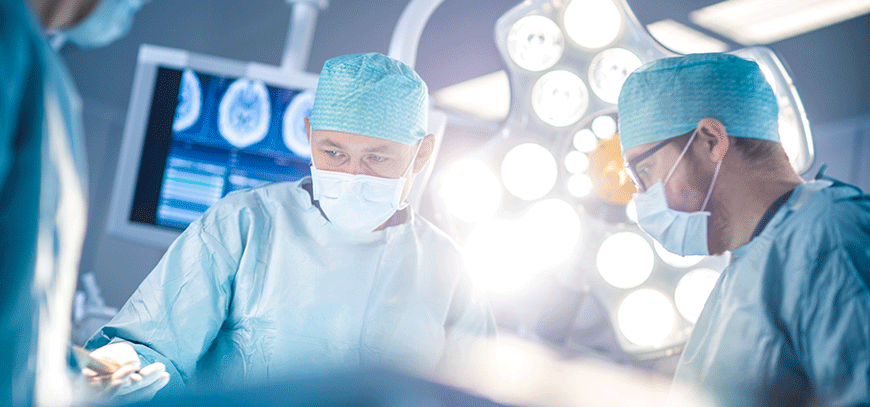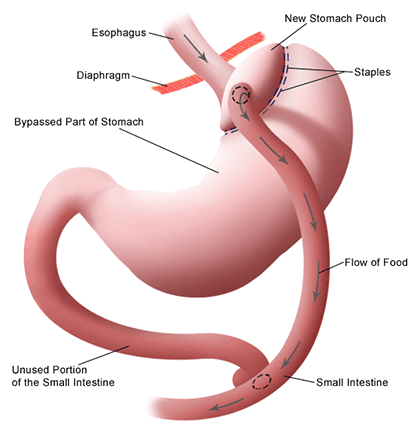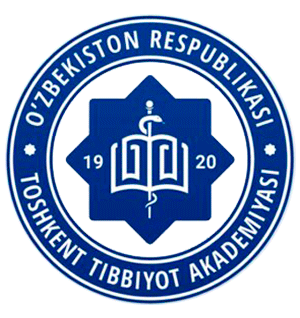History of Roux-en-Y gastric bypass: The first open gastric bypass was described by Mason and Ito in 1966. The bypass was based on weight loss observed in patients undergoing partial gastrectomy for ulcers. Within a few years, the gastric bypass has been modified to its current form using the Roux-en-Y bowel y-limb (RYGB). RYGB is one of the most frequently performed weight loss surgeries worldwide. world.

The first laparoscopic gastric bypass was performed by Wittgrove and Clark in 1994.
Surgical aspects of Roux-en-Y laparoscopic gastric bypass:
Roux-en-Y gastric bypass principle:
Roux-en-Y gastric bypass is a surgery in which a small pouch with a stomach is created and connected to the small intestine after bypassing the initial segment of the small intestine known as the duodenum and jejunum, thereby draining bile as well as intestinal secretions.
The goal of this regimen is to achieve long-term weight loss with the least possible side effects and complications. Leads to the resolution of obesity and related comorbidities.
Pre-Surgery Patient Preparation: Each patient is assessed by a team of specialists before going to surgery, which includes body composition analysis, dietary advice, examination by a doctor, pulmonologist, cardiologist and psychiatric evaluation. Some other expert judgments are carried out on a case-by-case basis. the basis. Thromboembolism prophylaxis is mandatory 6-12 hours before surgery with antibiotics if necessary.
Position of the patient with the threat of surgery: In the operating room, the patient is placed in a special position called the reverse Trendelenberg position. after general anesthesia.
Operating ports: there are usually 3 to 4 small operating incisions, which in 99% of cases after the operation there were no stitches or dressings. This is usually covered with a special adhesive so that the patient can take a bath after the operation. There in most cases are not channels.
Formation of the small gastric sac: The first step is the formation of the small gastric sac. bag with surgical staplers. The pouch is formed on a special tube called a gastric calibration tube.
Bypass: 100 to 170 cm of the small intestine are bypassed
The intestine is reattached to the gastric sac by various mechanisms such as stapler or suture.
Mechanism of weight loss after RYGB:
The net effect of this reorganization is the restriction of food intake; and due to the shunt, some malabsorption also occurs, resulting in weight loss and resolution of diabetes. However, it is not only a matter of restriction and malabsorption. which leads to weight loss and correction of concomitant diseases in obese individuals. The intestines in our body secrete a number of hormones that increase upon contact with undigested food. These hormones change our body's metabolism in this way, diabetes is either resolved or controlled. Precisely blood pressure and a host of other problems are corrected by these hormonal changes. Some of these hormones also increase resting metabolic rate, such that we consume more energy even at rest.
After surgery, noticeable changes in behavior are sometimes noted. There is a decrease in hunger, as well as early satiety after small meals. These complex behavioral changes are due in part to changes in several hormones (ghrelin, GIP, GLP, PYY) and nerve signals produced in the gastrointestinal tract that communicate with hunger centers in the brain.
Weight loss after Roux-en-Y gastric bypass:
Many studies conducted at the Center of Excellence for Bariatric Surgery worldwide. worldwide, 80% of excess weight loss is reported after Roux-en-Y gastric bypass. Weight loss is achieved within 18 months of surgery and depends on various factors from patient to patient.
Solutions to other problems after Roux-en-Y gastric bypass:
Obesity-related comorbidities that can be improved or treated with RYGB include type 2 diabetes, high blood pressure, high cholesterol, arthritis, stress incontinence, liver disease, certain types of headaches, heartburn, and sleep apnea. sleep and many other disorders.
RYGB also resulted in a marked improvement in quality of life.
Лапароскопическая хирургия обходного желудочного анастомоза

Roux-en-Y gastric bypass (RYGB) surgery is performed laparoscopically or by robot. Aid is still the "gold standard" in the world. All other procedures are usually compared to this when it comes to results in terms of excess weight loss and elimination of comorbidities.

